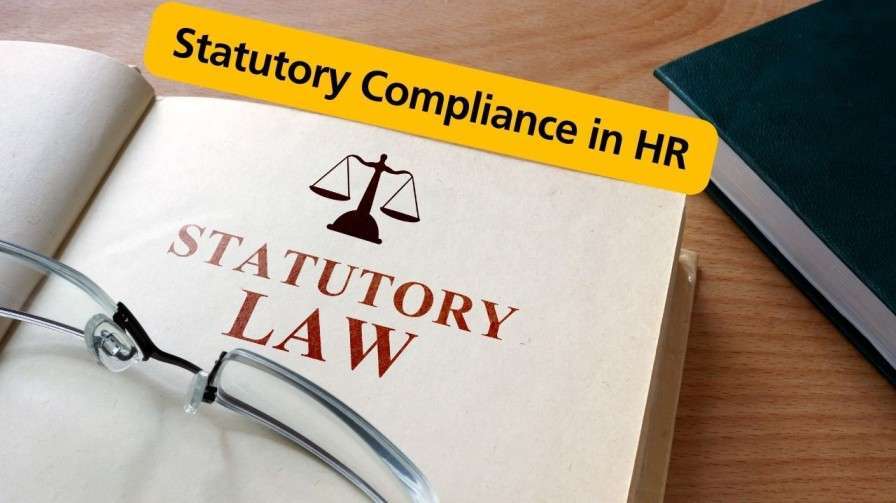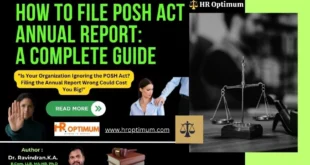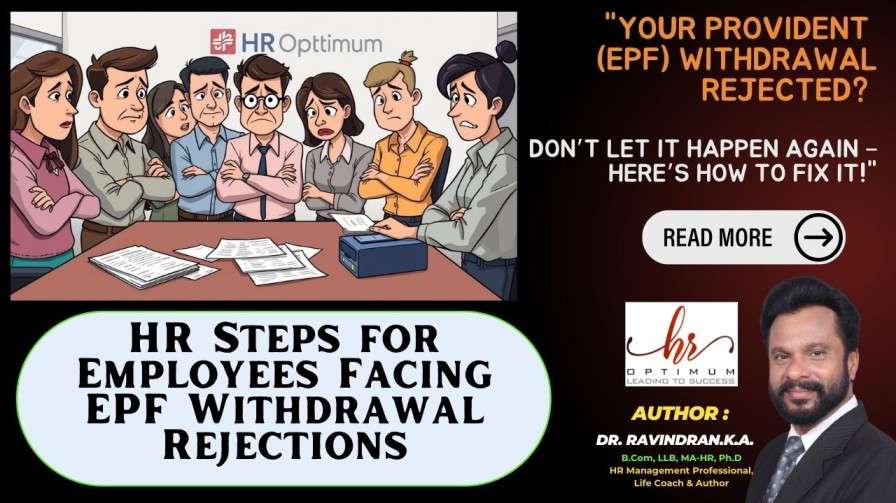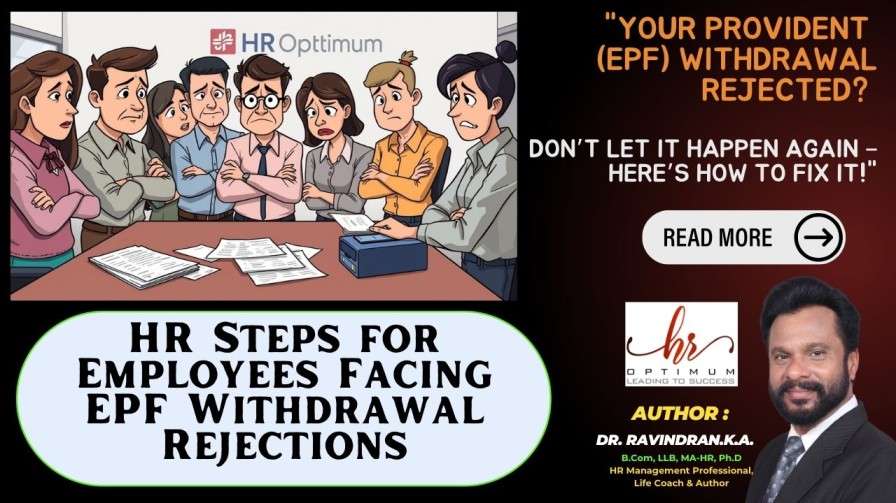In the dynamic realm of Indian business, mastering statutory compliance in HR is non-negotiable. But fear not, for we bring you the ultimate guide to navigating these regulatory waters with ease. Discover the key regulations every Indian organization must know and unlock the path to compliance excellence.
Introduction: Navigating the Complexities of Statutory Compliance in HR
Navigating the intricate confusion of statutory compliance in HR requires a blend of knowledge, strategy, and foresight. In this guide, we delve deep into the regulatory landscape of Indian business, empowering you with insights, solutions, and practical advice to achieve compliance mastery.
Decoding the Confusions: Understanding Statutory Compliance in HR
At the heart of HR compliance lies a web of statutes, laws, and regulations designed to protect the rights and interests of employees and employers alike. From labour laws to social security schemes, understanding the foundational principles is crucial for effective compliance management.
Key Regulations Every Indian Organization Must Embrace
Let’s shed light on the cornerstone a few statutes that form the bedrock of HR compliance in India:
- The Employees’ Provident Funds and Miscellaneous Provisions Act (EPF Act): This legislation governs the establishment of provident funds for employees and sets forth rules for their administration and management.
- The Payment of Gratuity Act: Ensures that employees receive gratuity payments upon completion of a specified period of service, providing financial security in recognition of their long-term contributions.
- The Minimum Wages Act: Mandates the fixation and revision of minimum wage rates for various categories of employment, safeguarding workers against exploitation and ensuring fair compensation.
- The Payment of Bonus Act: Regulates the payment of bonuses to eligible employees, promoting employee welfare and incentivizing performance.
- The Maternity Benefit Act: Protects the rights of female employees by ensuring paid maternity leave and other maternity benefits, fostering a supportive and inclusive workplace culture.
Here are a few more key regulations listed and will be discussed in detail in the forthcoming articles
-
- The Apprentices Act, 1961
- The Contract Labour (Regulation & Abolition) Act, 1970
- The Child Labour (Prohibition & Regulation Act), 1986
- The Industrial Disputes Act, 1946
- The Industrial Employment Standing Orders Act, 1946
- The Equal Remuneration Act, 1976
- The Employees’ State Insurance Act, 1948
- The Payment of Wages Act, 1936
- The Factories Act, 1948
- The Employment Exchanges (Compulsory Notification of Vacancies) Act, 1959
- The Trade Unions Act, 1926
- The Workmen’s Compensation Act, 1923
- Inter-State Migrant Workmen (Regulation of Employment & Conditions Of Service) Act, 1979.
By familiarizing yourself with these key regulations, you lay the foundation for effective compliance management and mitigate the risk of non-compliance penalties.
Strategies for Seamless Compliance: Solutions that Work
Now, let’s explore actionable strategies to navigate the compliance confusion effectively:
- Crafting Robust HR Policies and Procedures: Develop comprehensive policies and procedures that align with statutory requirements and organizational objectives. Ensure clarity, consistency, and accessibility to facilitate compliance across the organization.
- Conducting Regular Audits and Assessments: Implement a systematic approach to compliance monitoring through regular audits and assessments. Identify areas of non-compliance, address gaps, and implement corrective measures to mitigate risks proactively.
- Providing Employee Training and Education: Invest in employee training and education programs to enhance awareness of statutory requirements and promote a culture of compliance. Equip employees with the knowledge and skills needed to fulfill their compliance obligations effectively.
- Leveraging Technology Solutions: Harness the power of technology to streamline compliance processes and enhance efficiency. Utilize HR software solutions to automate compliance-related tasks, track regulatory changes, and generate compliance reports effortlessly.
Real-Life Examples and Visual Aids: Bringing Compliance to Life
Illustrate the principles of statutory compliance with real-life case studies and vivid visual aids:
- Case Study: XYZ Corporation or take your own organization: Explore how XYZ Corporation navigated compliance challenges by implementing robust HR policies, conducting regular audits, and investing in employee training programs. Witness firsthand the transformative impact of compliance excellence on organizational success.
- Visual Aid: Compliance Checklist: Provide a visual representation of a compliance checklist, highlighting key regulatory requirements and corresponding compliance measures. Empower readers to assess their compliance status and identify areas for improvement.
Conclusion: Empowering Indian Organizations for Compliance Success
In conclusion, mastering statutory compliance in HR is a journey, not a destination. By understanding key regulations, implementing best practices, and leveraging resources strategically, organizations can achieve compliance excellence and mitigate risks effectively. Take charge of your compliance journey today and unlock a brighter future for your organization.
Ready to embrace India’s Labour Laws? Learn how our articles related to labour laws can empower you and your organization and drive your compliance requirements. Keep track of my upcoming articles on Indian Labour Laws – Legal Compliance with HR.
Thank you for joining us on this journey towards Legal Compliance in HR which we will be sharing through many articles, and we are sure it is going to be easy to understand, adapt and practice at your workplace. Together, let’s make a highly compliance-oriented workplace and make your business risk-free from compliance lapses and succeed in your business.
FAQs on Statutory Compliance in HR
Q: What are the consequences of non-compliance with HR regulations in India?
A: Non-compliance can result in legal penalties, fines, reputational damage, and even business closure in severe cases.
Q: How can organizations ensure compliance with HR regulations?
A: By staying informed, conducting regular audits, providing employee training, and seeking legal counsel when necessary.
Q: What are common challenges faced by Indian organizations in HR compliance?
A: Challenges include keeping up with evolving regulations, ensuring consistency across geographies, and managing compliance across a diverse workforce.
 Hroptimum Leading to Success
Hroptimum Leading to Success






